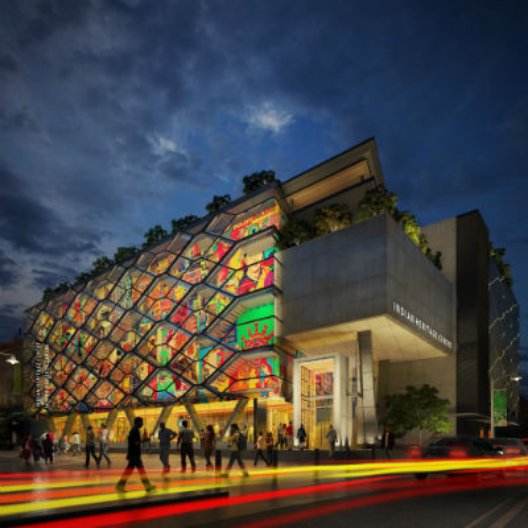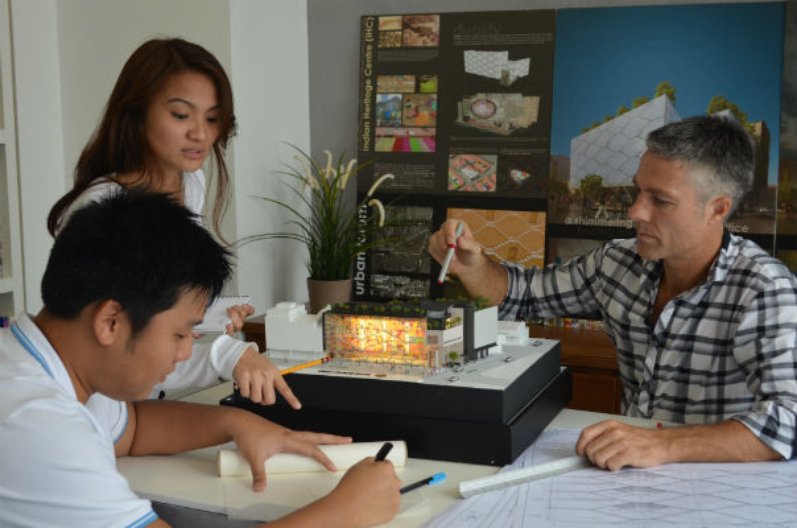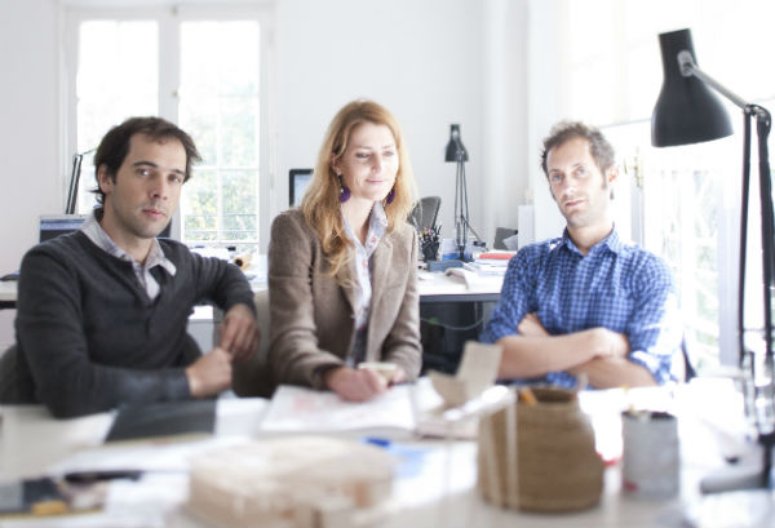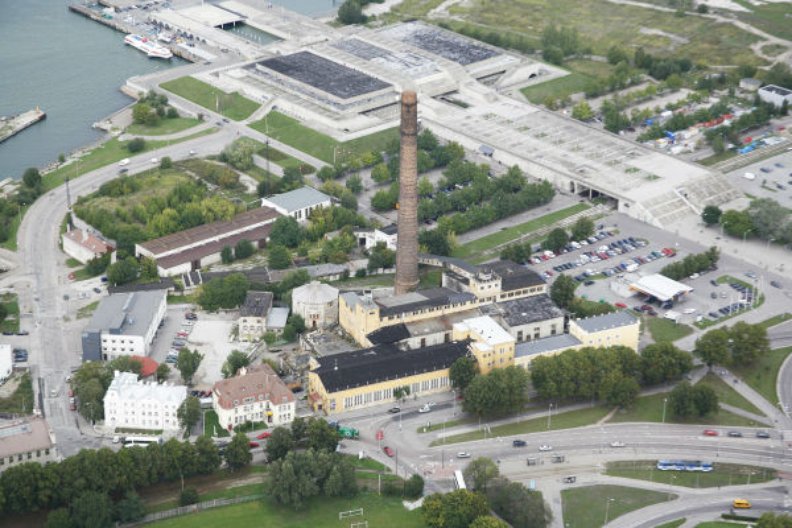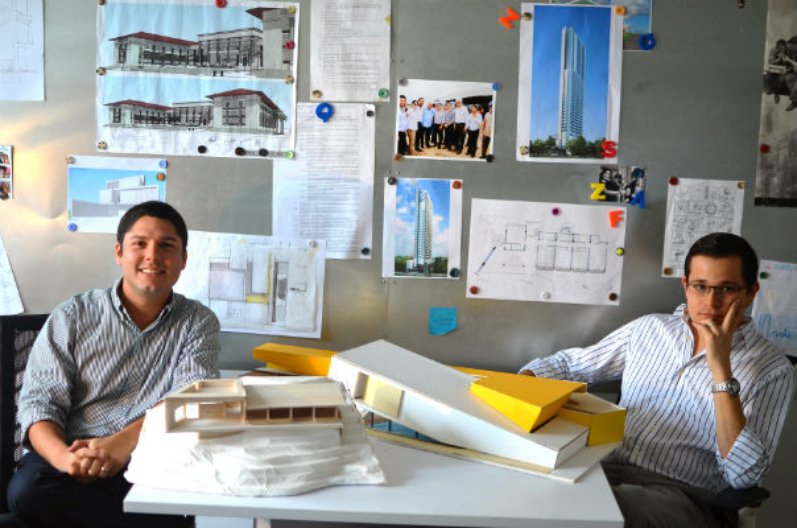9 June 2013
by Niamh Tuft
Over the next few days we will be welcoming architects from all over the world to talk about their projects and models across two evening sessions (10 & 11 June). We have also been posting interviews with some of the architects involved in the 64 projects represented in the exhibition on Back of the Envelope. There are a number of Civic, Cultural and Heritage projects represented in the exhibition. Architects have found new was of interpreting culture and history and worked with sites of historical signficance to the cities and countries they work within.
---------------------------------------------
Alejandro Beals, Loreto Lyon and Matias Zeger have designed a new library for the National Congress of Chile. This project will transform the existing 1920's building through an ambitious retrofit into a new civic space which in its very structure reveals the inner workings of the institution to the wider public.
Q. What do you find most exciting about working on this project?
A. The opportunity to be involved on a project that intends to transform the way in which politicians interact with common citizens is certainly one of its most stimulating features; a built manifesto right on the administrative heart of Santiago city, that strives for change and renovation.
Q. What materials do you like to work with when you make architectural models and why?
A. We do not have a preferred material when making models. It really depends on the project and on the information we want to communicate with the model. However, in early stages we tend to use more malleable materials, like paper or clay, as they easily allow change and transformation and have a component of chance we find fun to work with. Then, we usually move on to materials that have more defined material qualities and that can suggest some of the attributes we are searching to deliver on a specific project.
Q. What are some of the interesting emerging trends in architecture in your region?
A. Younger practices are working without prejudices or preconceived styles, thus entering an era where everything is possible. We have the feeling that finally we are starting to liberate ourselves from the totalitarian ideas inherited from the modern movement, allowing us to share different values. Now, we see architecture not as way to solve problems alone, but also as an instrument capable to raise new questions: an effective instrument of enquiry, capable to transform the society we live on.
---------------------------------------------
Estonian architecture practice Kavakava have also looked to rejuvenate an existing building, turning a power plant chimney into a cultural complex within Tallinn. This retrofit is part of a wider initiative to reuse the industrial waterfront area of the city and to incorperate cultural industries in older districts.
Q. What do you find most exciting about working on this project?
A. In Culture Cauldron project the architect cannot be just a designer, but is forced to take many other roles as well. This is exciting and enormously unsettling at the same time. In this case lots of people with different opinions are involved and we see that clear architectural concept becomes even more important. The possibilities of open-source design in architecture have got many unexpected sub-meanings for us during this project.
Q. What materials do you like to work with when you make architectural models and why?
A. Whatever is easy to cut and fold and comes cheap. We use lot of quick working models made in "a old-school" way as one of main tool in a designing process.
Q. What are some of the interesting emerging trends in architecture in your region?
Combining highly professional artistic input and bottom-up activities.
---------------------------------------------
Tapia + Watson are an architectural firm based in Panama City. Their project to design a new building for the Tribunal Electoral is another civic project represented within the exhibition. It will provide the Tribunal Electoral with a purpose built building and also incorperates a public plaza bringing the community closer to the public institution.
Q. What do you find most exciting about working on this project?
A. What we find most exciting about working on this project is the opportunity to design a public building. In Panama, public institutions tend to lease buildings that were designed for a different program, making the space very inefficient and with no connection to the city life. In this project we had the opportunity to link the project with the surroundings with a 3,000 sq. meter public plaza located between the building and the street. The building’s ground floor will be left open to public. It contains a theater, food court and public services. We think that this project will change the way public institutions work in our country.
Q. What materials do you like to work with when you make architectural models and why?
A. We like to work with different materials especially cardboard, wire, foam and wood. The selection depends mainly in what we want to represent. For example, when we wish to make a hollow model to study the interior of the space without the walls we use wire because we can represent the project as if it was a three dimensional pencil drawing. The main purpose of the models made by us is to design with them and to better understand form and space; that’s why we work with materials that are easy to use and models are built faster.
Q. What are some of the interesting emerging trends in architecture in your region?
A. Trends can be studied years after they have passed but in Panama we are experiencing interesting emerging trends focused in sustainable architecture. The architect is now more conscious that we live in a tropical environment and is educating itself on how to take advantage of this situation instead of copying foreign architecture. On the other hand, the city of Panama has recently started to develop public spaces and urban projects, something that has been forgotten in the past decades of city growth.
---------------------------------------------
Greg Shand Architects, (in collaboration with URBNarc Pte Ltd) are building the first Indian Heritage Centre in Singapore. The design draws from Indian tradition and handcrafts and is located in the Little India district of the city-state. The building and its programmes will embrace the vibrant streetscape and its people creating an urban hub for the community and its visitors.
Q. What materials do you like to work with when you make architectural models and why?
A. In the studio we prefer to use natural materials such as balsa wood for massing models and the initial stage of a project when experimenting with forms and layering. Balsa is relatively easy to work with and is a lovely warm material that is good enough to present to clients as a study model. For this project we made one massing model, a concept model and then a final model of the developed design prior to commencing construction. We also made a scaled model of a mosaic screen for the façade by hand cutting SICIS iridescent glass tiles, and a full size mock up with full tiles that was produced in the SICIS Italian factory. We have also just finished a scale model of the façade system (which is the main architectural feature of the building) using pvc and clear acrylic to allow us to ‘see through’ building elements to verify proportion and sightlines.
Q. What are some of the interesting emerging trends in architecture in your region?
A. The South East Asian region is growing very rapidly, allowing young architects and designers to participate in large and exciting projects from an early stage in their career. An essential key to controlling such rapid development though is good planning and urban design however, which is perhaps lacking in parts of the region. Singapore has proven to be a leader in this regard, in its urban planning for development of the island and city, and conservation of the built and cultural heritage. A scale model of the CDB and surrounds, including all existing buildings and planned developments is continually updated, and can be viewed by the public at the Urban Redevelopment Authority.
Category
British Council Project
Tags
Architecture
